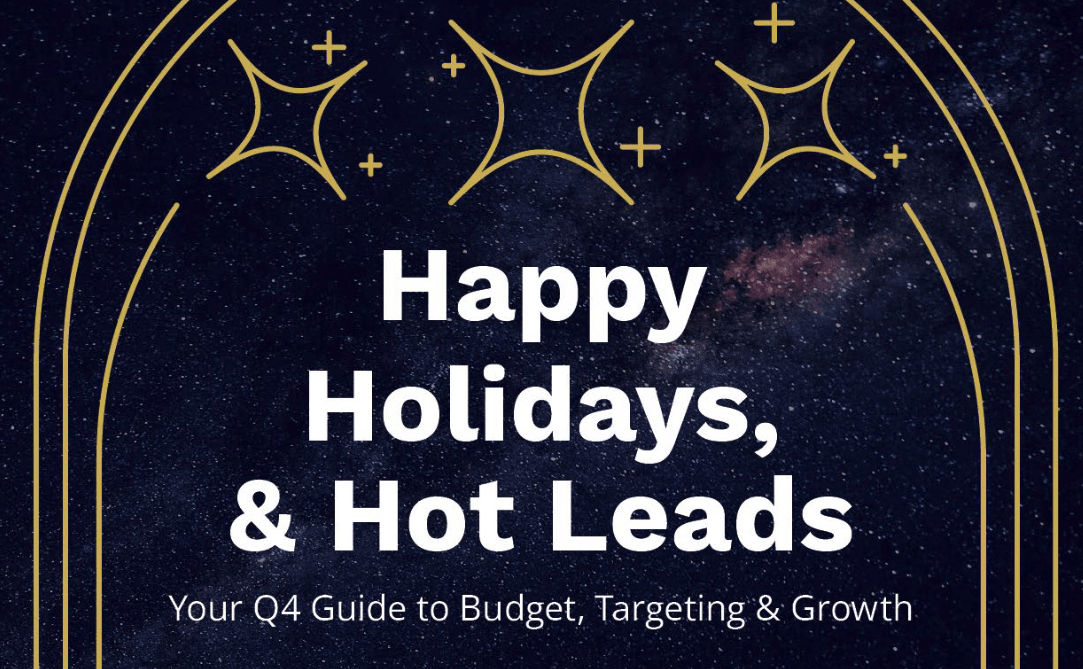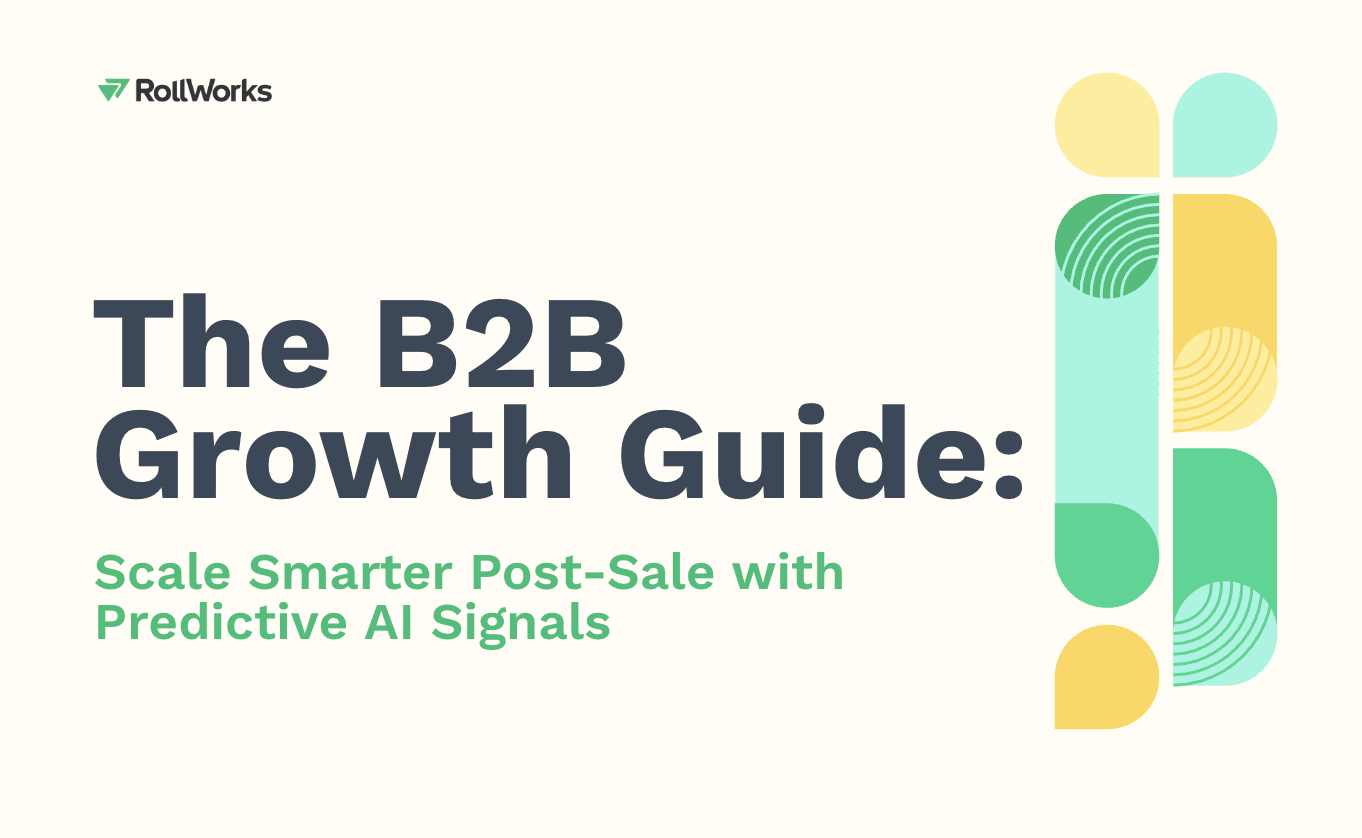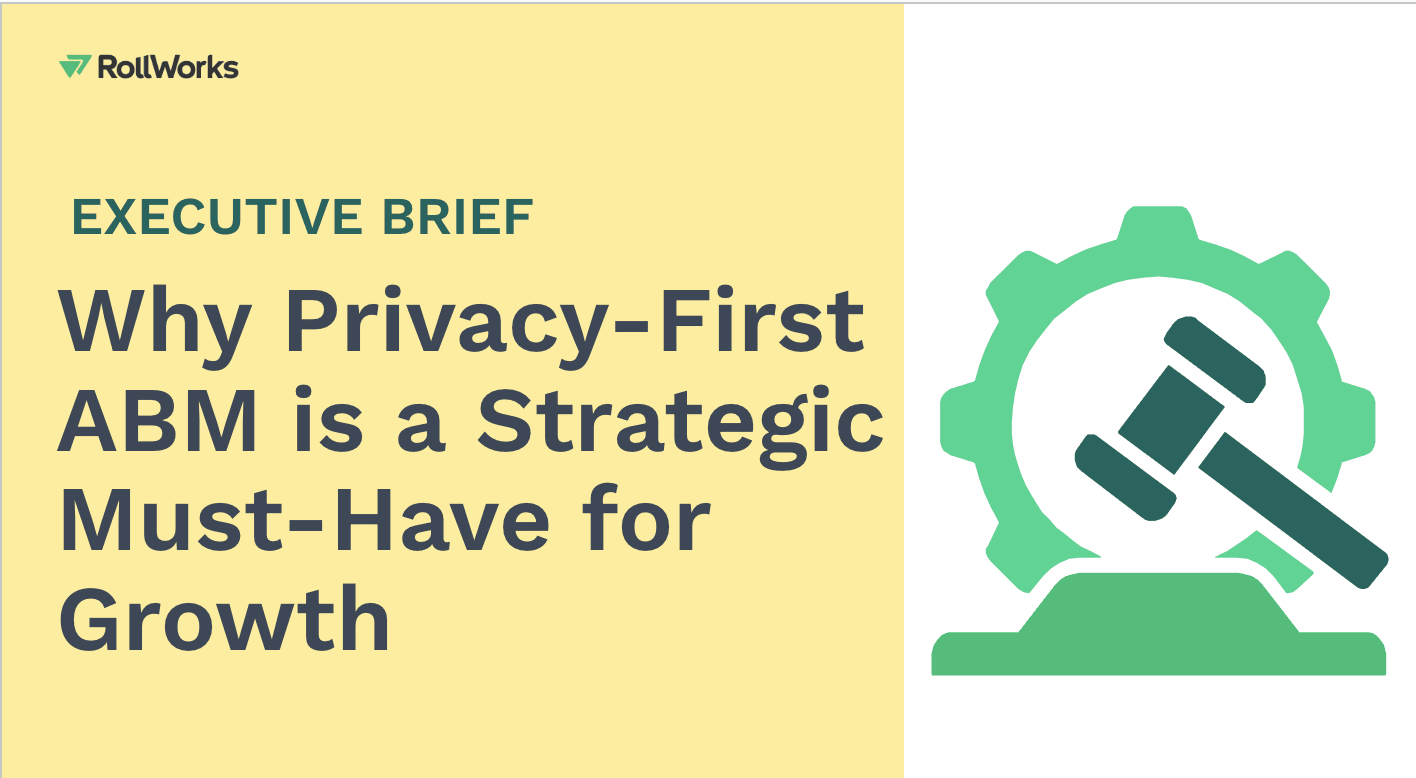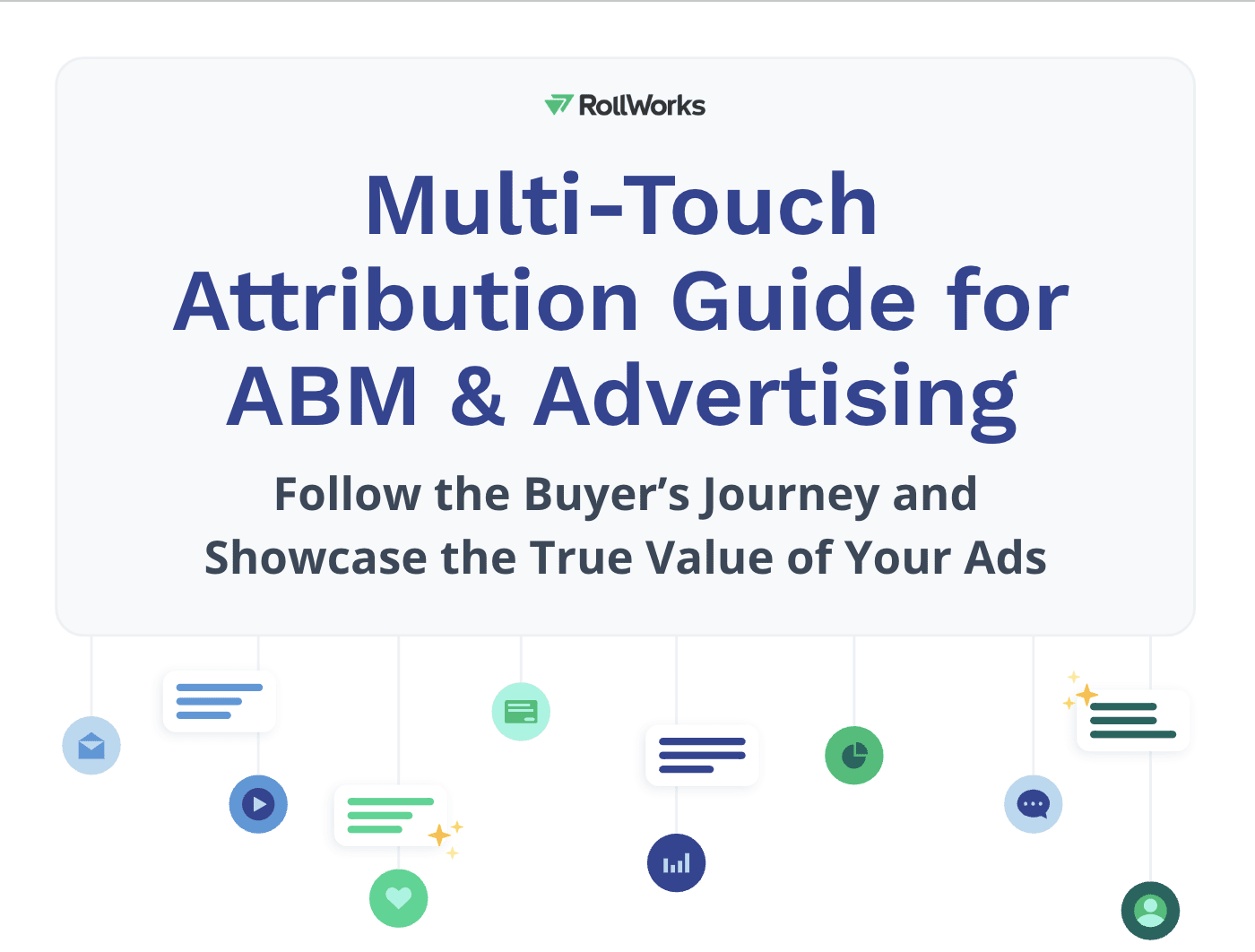Many marketers are all facing the start of their Q3 strategies with the weight of a recession that's made an impact across the tech industry. Industry leaders are scrambling and budgets are tightened.
Although marketers are known to make the impossible possible, teams across the country are feeling the pressure. There's never been a more crucial time to control what you can and drive results. Here are four strategies to do just that.
1. Keep calm & market on
Buyers still want to be captivated by your product marketing, of course, but they also want your messaging—which is often a direct representation of your business—to be authentic, relevant, trustworthy, consistent, and ethical. And unless that type of messaging is understood by your prospects before your first interaction with them, the likelihood of a strong relationship, let alone a sale, is improbable.
Which is why it’s necessary to invest in advertising, not cut its efforts or spend, during these ever-evolving, but exciting, times. Instead of reacting to the economic changes, push forward with proactive new ideas and fresh content that will convert the best-fit accounts.
If the COVID-19 pandemic has taught us nothing else, it showed us that, thanks to technology, we CAN do more with less. We’ve made such progress and adapted to drastic change these past 2 years…and we can do it again. Thanks to digital advertising, we can save time and be hyper-targeted to capture in-market accounts and stay afloat in times of uncertainty. And hello, we’re marketers—we got this!
2.Treat buyers like humans, not leads, with conversational marketing
Marketing isn’t just about being quick, it’s also about being authentic. It’s saying goodbye to generic, static marketing and hello to real-time, dynamic artificial intelligence (AI)-powered technology, like voice search and chatbots, to assist and strengthen your marketing efforts. Hyperpersonal and helpful to brands in terms of learning more about their target accounts, AI automation—like the conversational chat software Drift— removes manual work from your plate so you can concentrate on what really matters to create a full-funnel buyer journey.
Think about it: would you rather walk into a store to make a purchase and have to explain to a salesperson what you want, need, like, or dislike? Or would you like to be greeted with your interests and preferences already known, proven to you through the very product that’s presented to you? Of course you would choose the latter, since it’s a more enjoyable, faster, and personal omnichannel CX from beginning to end. That’s conversational marketing automation in a nutshell, which is becoming more of an expectation, not just an amenity, among B2B buyers, especially since customer demand for quick, personalized responses has grown by 26% since 2020.
3. Encourage customer autonomy with a DIY business model
More than ever, B2B buyers expect a business-to-consumer (B2C) experience—one fraught with personalized engagement, bipartisan trust, and strong, sustainable relationship building. They expect a bit of autonomy, too, in the form of a DIY, self-mapping customer journey that’s more empowering, convenient, and satisfying than being forced to contact the seller when an issue arises. In fact, according to a McKinsey & Company study, 84% of users would consider switching to another brand if their technical content experience was poor—i.e., they couldn’t figure it out on their own through an accessible tutorial or FAQs page.
So, while it may seem counterintuitive—marketers and sellers like to be needed, after all—the more you cater to customer self-service and autonomy in order to alleviate unnecessary customer interaction and ticket logjams, the more likely you are to impress and keep your customers. You’ll be able to cast a wider net to best-fit accounts, increase the likelihood of upselling and cross-selling, retain loyal customers, gain brand ambassadors, and maximize IT support efficiency. To create more of a DIY-journey for your customers, prioritize product content that effortlessly troubleshoots common product problems and enforces team collaboration between customer support, CX, and technical writers.
4. Implement account-based marketing (ABM) to provide the right message, at the right time, to the right people
With ABM, take the guesswork out of who to target and when, how, and where to target them through account-based insights and strategies. ABM builds brand awareness, generates new opportunities, engages and nurtures best-fit accounts, accelerates pipeline, improves win rates, and grows revenue fast. And while there is no one-size-fits-all approach to ABM—due to the unique needs of each specific business and marketing and sales teams—consider the following tips to increase its likelihood of success:
-
Curate a deep understanding of the customer’s business and business needs—sell a solution more than a product or service
-
Implement proactive and ongoing alignment between marketing and sales
-
Build an effective, symbiotic relationship between people (both internally and externally), processes, and technology
-
Use a combination of qualitative and quantitative criteria to identify and engage your ideal customer profile (ICP) and target account list (TAL)
-
Measure your ABM efforts using your existing marketing technology (MarTech) stack
The world of B2B marketing is ever-changing, but throughout decades of its evolution—from print advertising to e-commerce—one factor has remained the same: the customer is king.
So, as long as you continue to provide a customer-centric experience—and stay on top of the latest marketing tips that we’ve covered above—you’ll grow and scale through the summer and beyond.
About the Author
Follow on Linkedin More Content by Alysha Parker, Content Marketing Manager





























